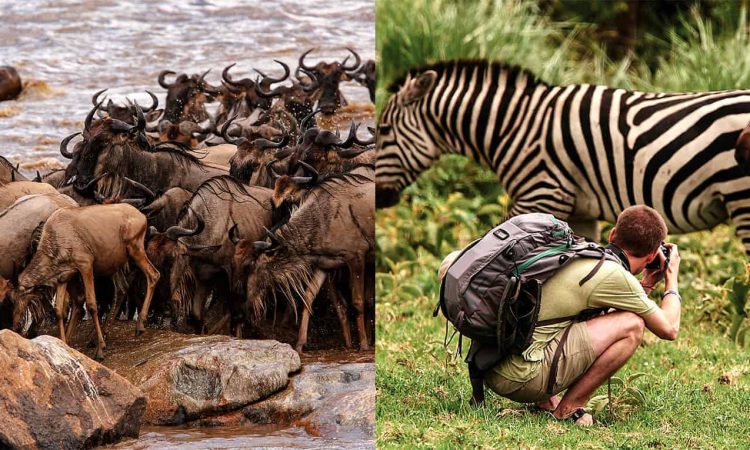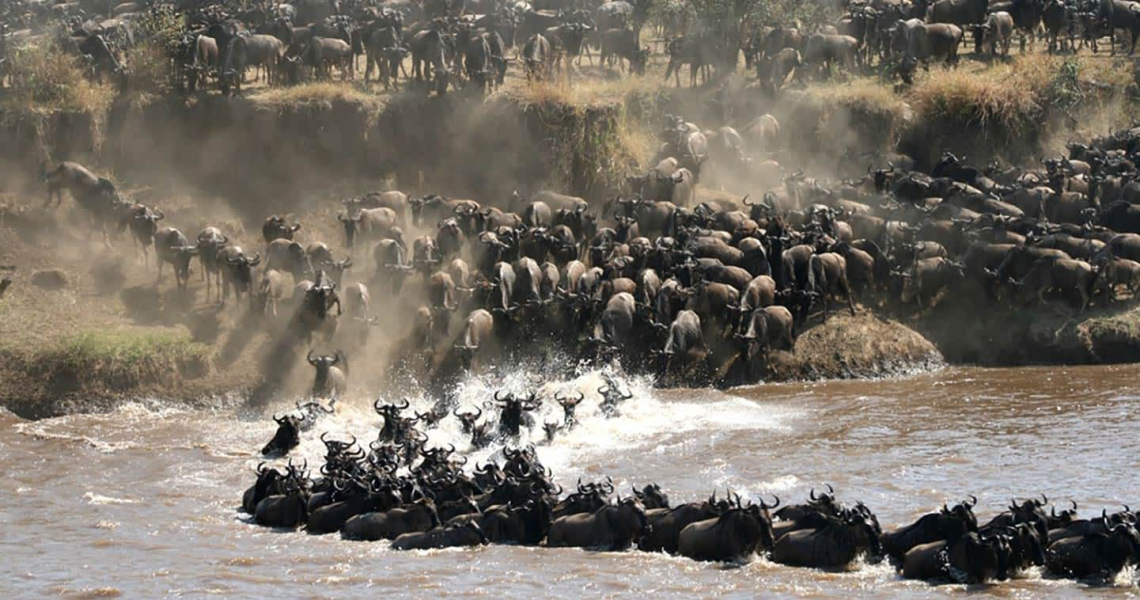Table of Contents
THE ULTIMATE GREAT RIFT VALLEY: NATURE’S MASTERPIECE
The Great Rift Valley is not merely a landmark; it is an ancient marvel stretching over 6,000 kilometers across Africa, from the Red Sea to Mozambique. This colossal natural wonder is the cradle of human civilization, a hotspot for wildlife, and a breathtaking destination for adventurers and nature enthusiasts alike.
Formation: A Geological Wonder
Formed millions of years ago, the Great Rift Valley emerged as the African and Arabian tectonic plates drifted apart. This movement caused the Earth’s crust to stretch, fracture, and sink, creating the valley we see today. The valley continues to evolve, shaped by volcanic activity, earthquakes, and changing landscapes.
Standing along the dramatic cliffs of the Rift Valley Escarpment in Kenya (Kenya great Rift), visitors can truly feel the immense power of nature. This geographical marvel is divided into two sections: the Eastern Rift and the Western Rift, each offering unique and mesmerizing features.
Lakes, Volcanoes, and Mountains
The Rift Valley hosts a series of alkaline and freshwater lakes, each with its unique ecosystem. Lake Naivasha, one of the few freshwater lakes, is surrounded by lush vegetation and teeming with wildlife. In contrast, Lake Nakuru is famous for its thousands of flamingos, transforming the water into a vivid pink spectacle during migration seasons.
The valley also boasts active volcanoes like Ol Doinyo Lengai in Tanzania and extinct giants like Mount Longonot. For hikers, these mountains provide rewarding trekking experiences, revealing stunning vistas over the Rift. The most awe-inspiring feature of the valley is Mount Kilimanjaro, Africa’s tallest mountain, which looms majestically on the horizon. The trek to its summit is a bucket-list adventure that attracts thousands of climbers each year.
Wildlife and Biodiversity
The Great Rift Valley is renowned for its incredible biodiversity. It is home to iconic national parks such as the Maasai Mara, Serengeti, and Ngorongoro Conservation Area, making it one of Africa’s premier safari destinations. These parks host the legendary Big Five: lions, elephants, leopards, rhinoceroses, and buffalo, alongside other extraordinary species like cheetahs, zebras, and giraffes.

Every year, visitors flock to witness the Great Wildebeest Migration, where over 1.5 million wildebeests, zebras, and antelope migrate from the Maasai Mara in the great Kenya to the Serengeti in Tanzania. This spectacle is one of the most incredible wildlife events on Earth—a must-see for any safari enthusiast.
Birdwatching enthusiasts will find prime locations at the Rift Valley’s lakes, particularly Lake Bogoria and Lake Nakuru. The vast number of pink flamingos wading in the shallow waters creates a surreal scene that feels like a page from a nature documentary.
A Journey through Human History
The Great Rift Valley is not only about stunning landscapes and wildlife; it is also a vital archaeological site. Human history and evolution are deeply intertwined with this region. At sites like Olduvai Gorge in Tanzania and Koobi Fora in Kenya, fossils of early human ancestors, such as Homo habilis and Australopithecus, have been discovered, offering unparalleled insights into human evolution.
Walking through these sites feels like a journey back in time. Imagine standing where some of our earliest ancestors learned to craft tools and survive in the ancient savannahs of East Africa. These areas are not only scientifically significant but also spiritually profound.
Cultural Heritage and Local Communities
The Great Rift Valley is home to numerous ethnic groups, including the Maasai, Samburu, and Rendille, who have preserved their traditions for centuries. Visiting a Maasai village offers a rare glimpse into their way of life. Visitors can learn about traditional beaded jewelry and participate in cultural dances, gaining a deeper appreciation for how these communities have thrived in harmony with nature.
Conservation Challenges
Despite its beauty, the Great Rift Valley faces significant environmental challenges. Deforestation, poaching, and climate change threaten its delicate ecosystems. Many lakes are shrinking due to the over-extraction of water for agriculture, and species like rhinos and elephants face threats from illegal wildlife trade.
Fortunately, numerous conservation efforts are underway. National parks and reserves collaborate with local communities to promote sustainable tourism and protect biodiversity. As travelers, we can support these initiatives by visiting responsibly and choosing eco-friendly travel options.
Why Visit the Great Rift Valley?
The Great Rift Valley is more than just a geological formation; it symbolizes life, connecting human history to the thriving natural world. Whether you’re watching the wildebeest migration in the Maasai Mara, trekking the volcanic slopes of Mount Longonot, or standing at the edge of this geological wonder in awe, the valley offers an unforgettable journey for every traveler.
From its striking landscapes to its rich cultural heritage, the Great Rift Valley remains one of the most captivating destinations in the world. It should not be missed by those seeking adventure, natural beauty, and a connection to humanity’s origins.
To book your East African Safari Experience, please visit our website and talk to our East African Safari expert with a free consultation.
FAQ’S
What is the Great Rift Valley?
A vast geological fault stretching ~6,000 km across Eastern Africa, formed by tectonic plates splitting, with escarpments, lakes, volcanoes and evolving landforms.
What wildlife and natural features make the Rift Valley special?
It hosts flamingo-pink lakes (e.g. Nakuru, Bogoria), the Wildebeest Migration, Big Five parks (Maasai Mara, Serengeti, Ngorongoro), active volcanoes, and rich birdlife.
What cultural experiences are available in the Rift Valley region?
Visitors can meet Maasai, Samburu, Rendille tribes; experience beadwork, dancing, village life; and explore human evolution sites like Olduvai Gorge and Koobi Fora.
How can travelers help protect the Great Rift Valley’s environment?
Travel responsibly: choose eco-friendly lodges, support local conservation projects, avoid harmful practices, use water wisely, and respect wildlife and communities.
Ready to Explore? Let’s Chat About Your Dream Trip.
We’ll turn your travel ideas into reality. Start your next adventure with Agasaro Safaris – your ultimate travel companion. Let your wanderlust soar!
Start exploring today and let unforgettable experiences await!
